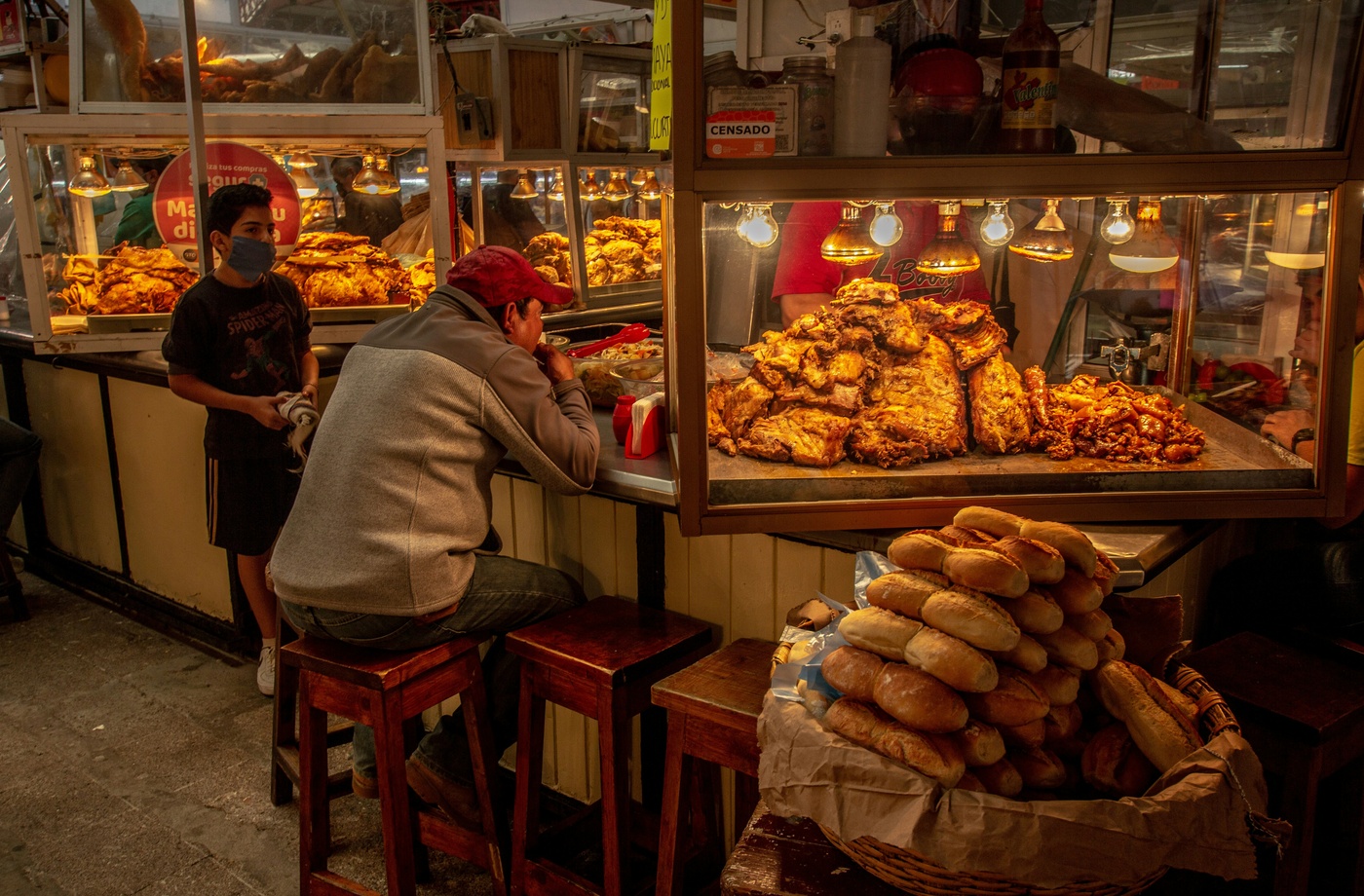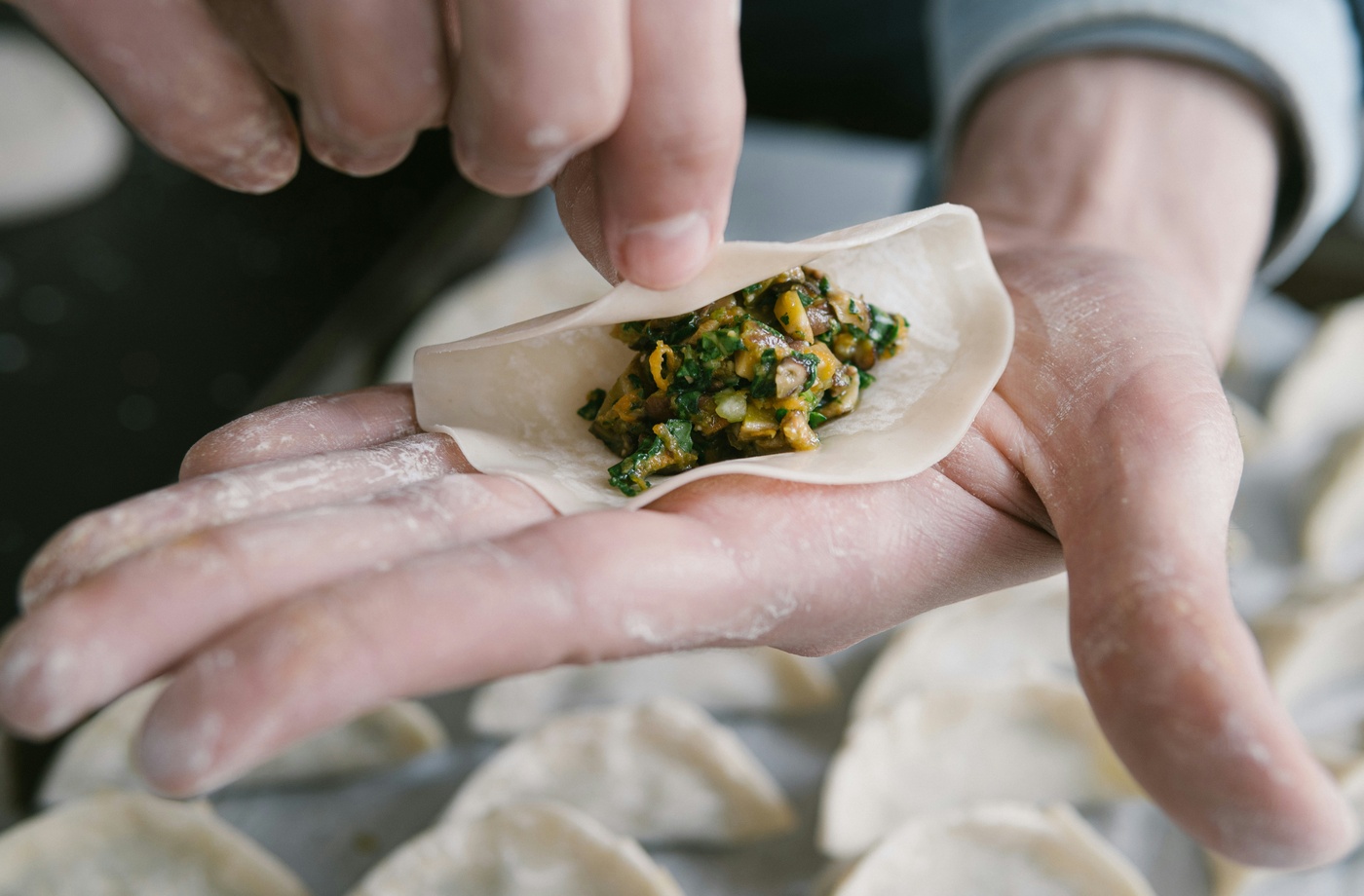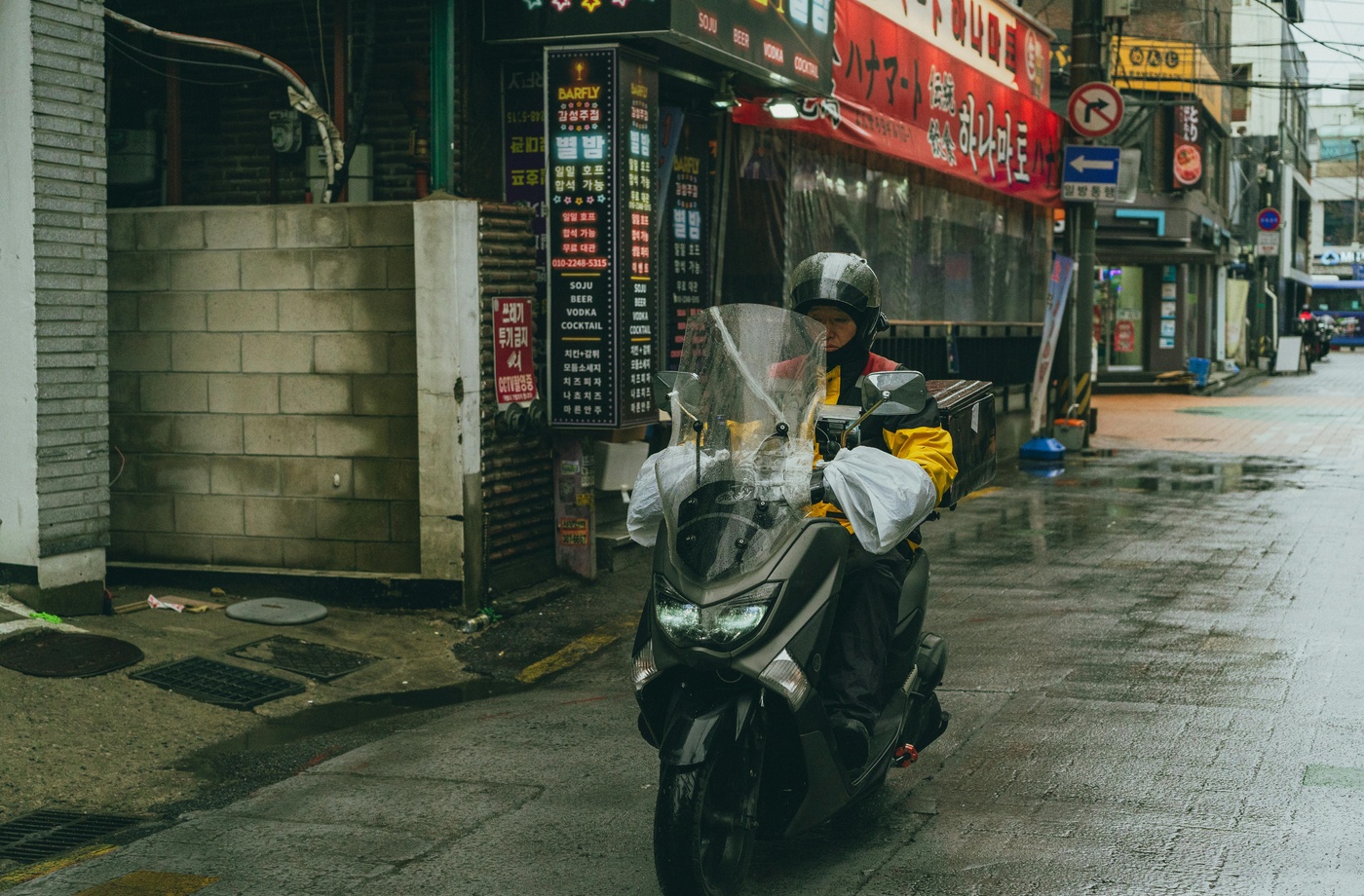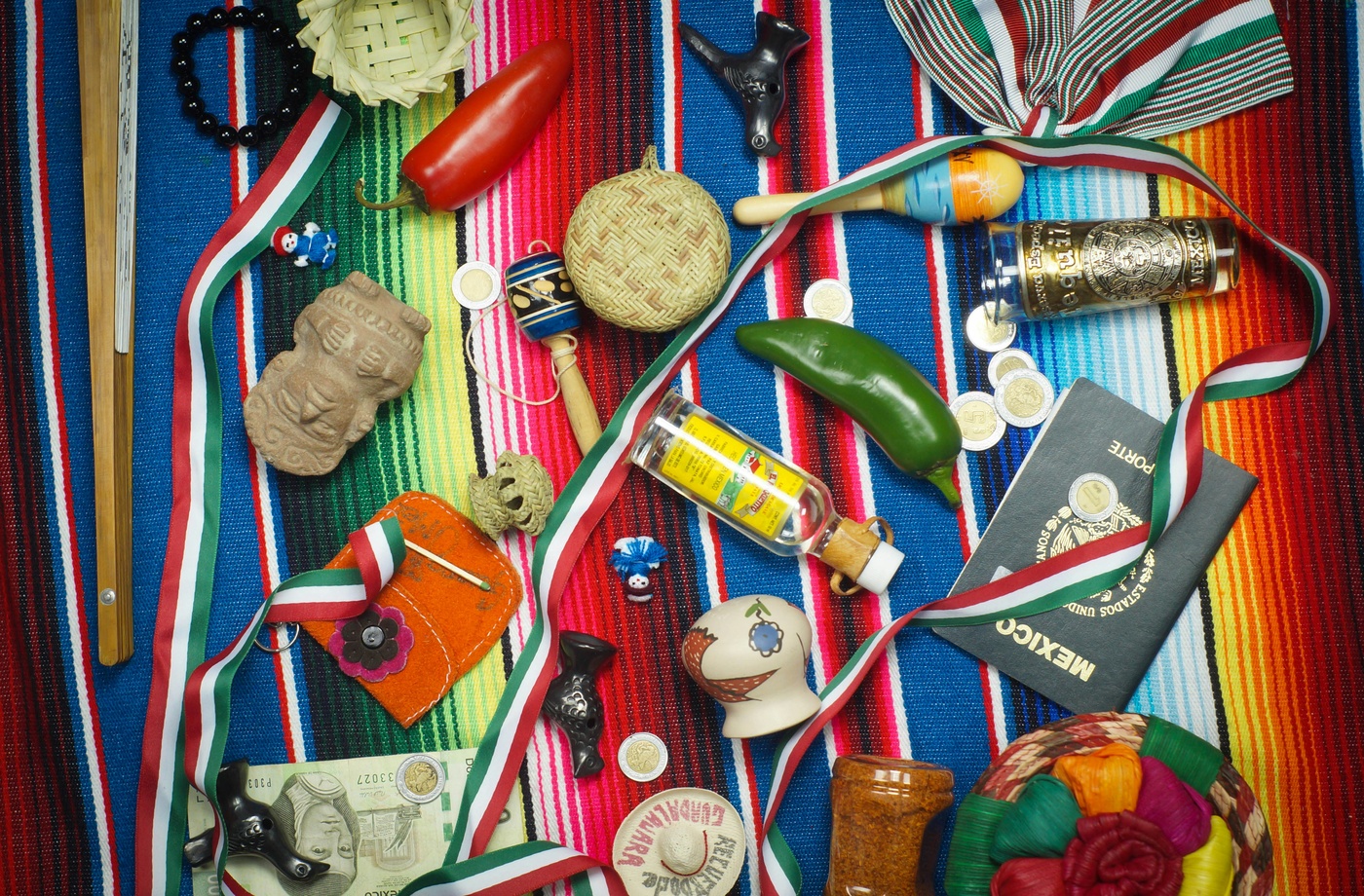Flatbreads are among the oldest and most widely consumed food staples in the world. Nearly every culture has a version—some leavened, others not—each telling a story of climate, tradition, and daily life. From the spongy tang of Ethiopian injera to the chewy pull of Indian naan, flatbreads are as diverse as the people who bake them. This guide explores iconic flatbreads across continents and links you to trusted recipes so you can bring global flavors to your kitchen.
Injera – Ethiopia and Eritrea
Made from fermented teff flour, injera is a spongy, sour flatbread that also serves as a utensil. It’s traditionally used to scoop up spicy stews like doro wat and shiro, making it both bread and plate in East African cuisine.
- Texture: Soft, airy, slightly tangy
- Cooking method: Cooked on a flat griddle (mitad or nonstick pan)
- Learn to make it from scratch with The Spruce Eats
Naan – India, Pakistan, and Central Asia
Naan is a leavened flatbread baked in a tandoor oven, known for its pillowy texture and slightly charred exterior. Variations include garlic naan, cheese-stuffed naan, and even sweet versions.
- Texture: Soft, chewy with crispy edges
- Cooking method: Traditionally cooked in a clay tandoor
- Try a homemade version from Saveur
Arepas – Venezuela and Colombia
Arepas are round, thick cornmeal cakes made from masarepa (pre-cooked corn flour). While not technically flat, their shape and function are similar—they’re often split and stuffed with fillings like cheese, black beans, or shredded beef.
- Texture: Crisp exterior, fluffy interior
- Cooking method: Grilled, baked, or pan-fried
Lavash – Armenia, Iran, and Turkey
Lavash is a soft or crisp flatbread popular in the South Caucasus and Middle East. Often used as a wrap for kebabs or cheese, it’s thin and pliable when fresh but can also be dried for long-term storage.
- Texture: Thin and flexible or cracker-like when dried
- Cooking method: Traditionally baked in a tonir oven
- Recipe available via The Daring Gourmet
Tortillas – Mexico and Central America
Corn and flour tortillas are a cornerstone of Latin American cuisine. Corn tortillas are made from masa harina and often used in tacos, while flour tortillas are common in northern Mexico and for burritos and quesadillas.
- Texture: Soft, pliable
- Cooking method: Griddle or comal
Pita – Middle East and Mediterranean
Pita is a round, pocket-style flatbread made with yeast. When baked at high heat, it puffs up, forming a pocket perfect for stuffing with falafel, grilled meats, or salad.
- Texture: Light and airy inside, slightly crisp outside
- Cooking method: Oven-baked at high temperature
- A great recipe is available from Saveur
Roti and Chapati – Indian Subcontinent
These unleavened flatbreads are rolled thin and cooked on a hot griddle or open flame. Chapati is softer, while roti can sometimes be slightly thicker. Both are daily staples and eaten with curries, vegetables, or lentils.
- Texture: Thin, soft, slightly charred
- Cooking method: Tava (griddle) or directly over flame
- Try this guide from The Spruce Eats
Final Thoughts: More Than Just Bread
Flatbreads are more than a side dish—they’re vessels of culture, creativity, and resilience. They tell the story of resourceful cooking in every corner of the globe, adapting to what’s available and transforming simple ingredients into culinary icons. Whether you’re dipping, scooping, wrapping, or stuffing, flatbreads are your passport to the world.



